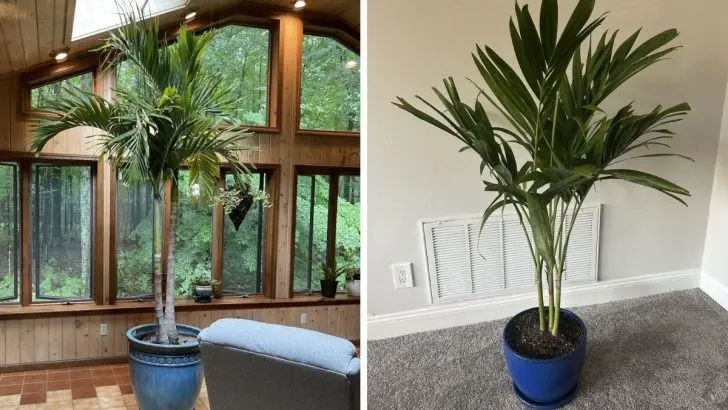Today we’re talking about a very interesting plant – Adonia palm. If you’re thinking about getting this plant, we’re here to help you learn the care guide for adonidia palm.
What makes these trees so special and unique? Why is their trunk so attractive?
Aside from being a low-maintenance plant, these trees are simply amazing! Their red fruits combined with dark green leaves are the best combination for any garden.
Before getting a new plant, we all have our doubts. If you have any doubts about this plant, we’re here to save you! Below, we bring you all about its care guide, appearance, growing habits, and much more.
If you’re ready, let’s start learning about adonidia palm tree below.
About Adonidia Christmas Palms Features And Habits
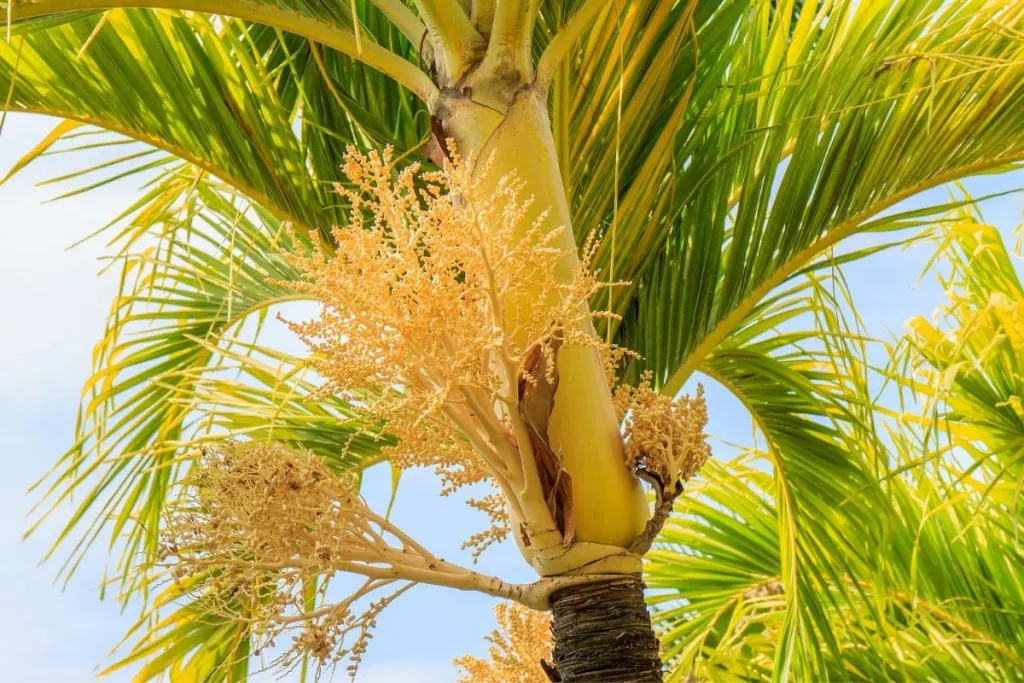
If you want to see Adonidia palm planted in your garden, but you had a recent concern about it, don’t worry.
We’re here to bring you all about its appearance. Then below, we bring you all about its care guide. That way you’ll be fully ready to grow this amazing plant in your garden. How does that sound?
- Native habitat: south Florida, southern Florida
- Botanic name: adonidia merrillii, veitchia merrillii
- Common name: Christmas palm tree
- Use: landscape design along with other palms
- Toxicity: has boron deficiency
- Flower color/shape: red flowers/fruits
- USDA zone: 8-10, tolerant to salt spray and drought time
- Leaf color/shape: dark green fronds
- Messy: self-cleaning, carefree abandon
- Common pests: pest free
- Wildlife: deer resistant
- Where to grow: tighter areas, do best in bright light parts of the garden, never plant in winter, doesn’t stand cold temperatures and frost well
Is Adonidia Palm A Christmas Palm?
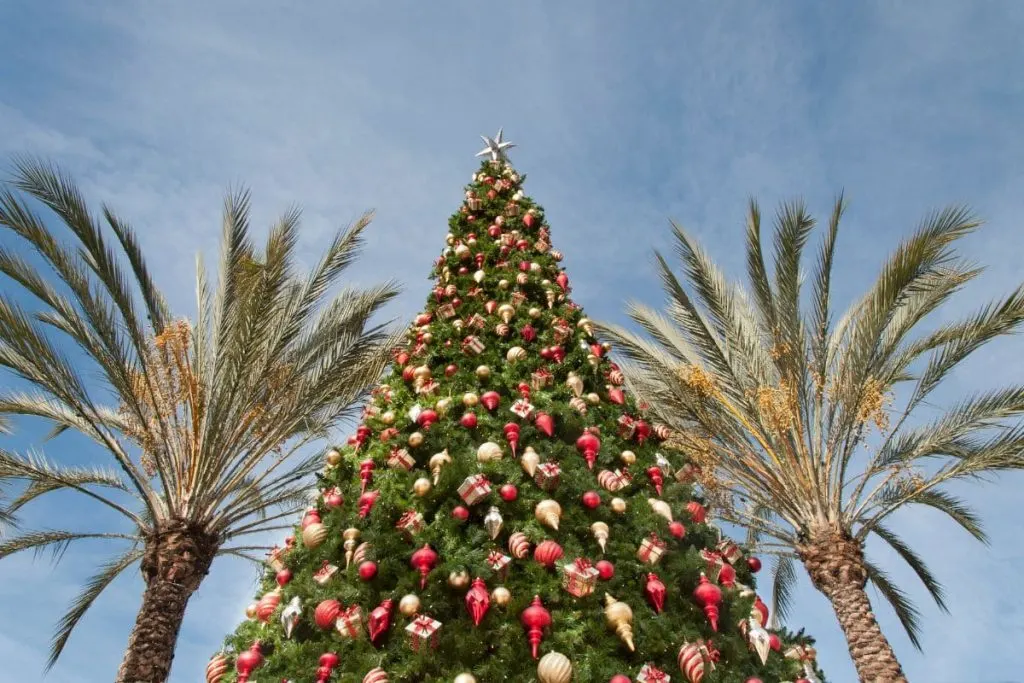
Adonidia palm and Christmas palm are the same tree. Christmas palm is a common tree for adonidia palm trees.
They got this name due to the green leaves with red fruits that seem like a Xmas decor. The great thing is that they’re evergreen and in warm regions, they’ll still be around during the holiday season!
Care Guide For Adonidia Palms
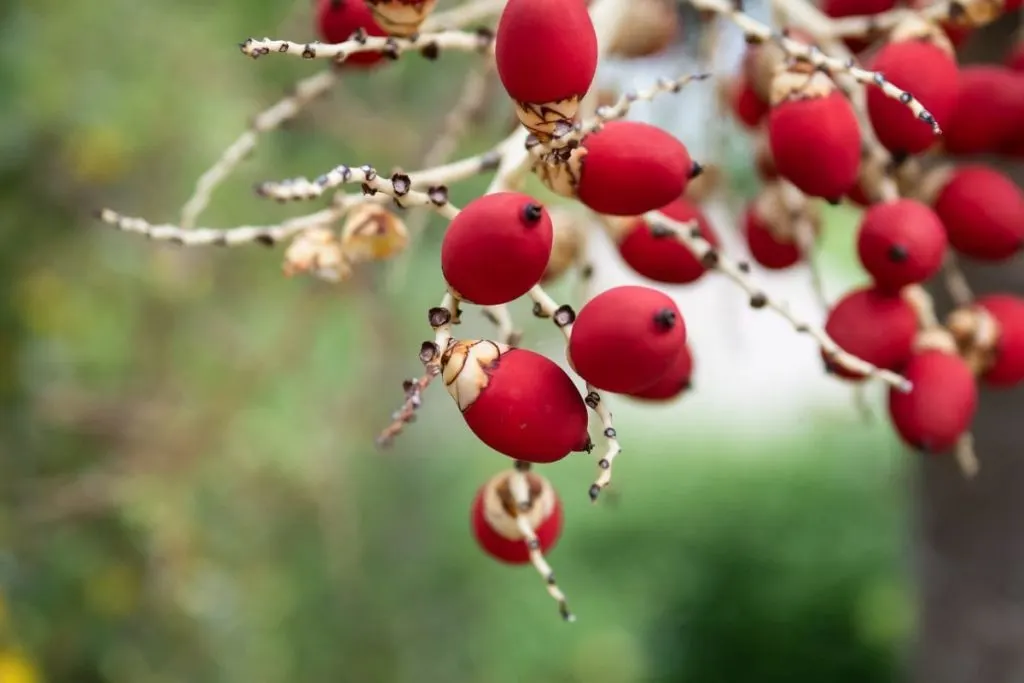
In order to perfect your skills in the care of the adonidia palm, we bring you their care guide. You will learn the entire care guide for these palm trees in detail.
Then let’s see how to properly care for these palm trees.
Light Needs
Adonidia palm tolerates partial shade. However, tolerating and loving are not the same, you already know that.
Will you choose something that the plant likes or tolerates? If you are going to choose the first thing, you can grow it in partial shade.
If you choose only the best for your plant, direct sun is the best. Full sun for at least 4-5 hours will give your palm tree the best growing conditions. Shade, partial or full, can never be as good as sunlight.
Does Adonidia Palm Tolerate Partial Shade Well?
They’ll look dry and droopy. When purchasing this plant, make sure you have the right location for it first.
Watering Schedule
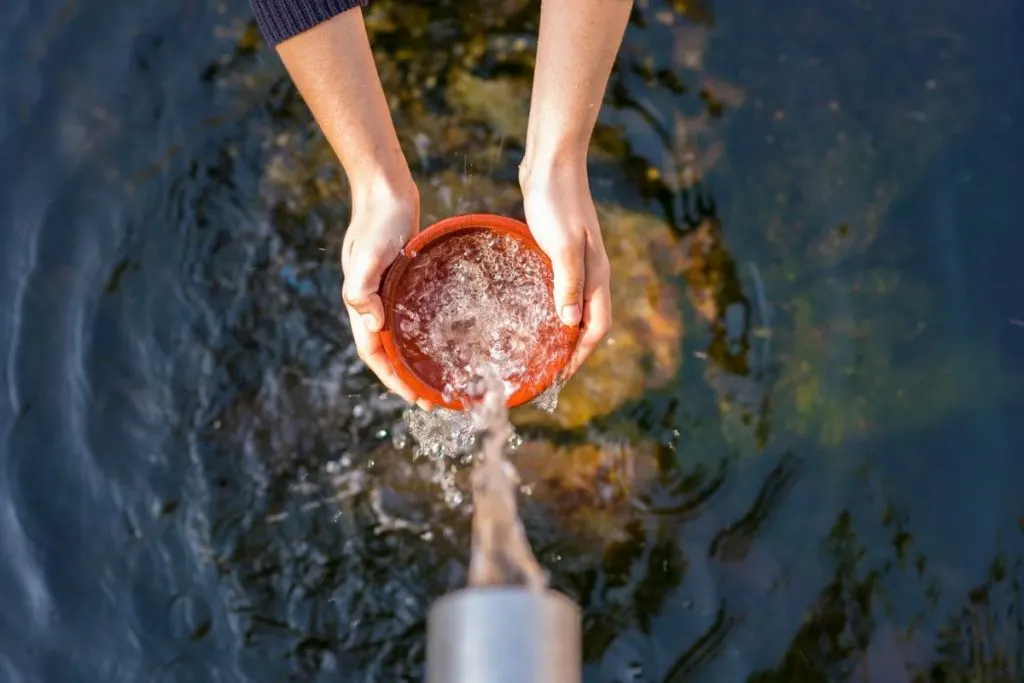
You certainly won’t go wrong with watering. With the care guide palm, there are many mistakes, but rarely with watering. If you make a mistake, it is because of other things.
Watering is very simple. In the morning before the sun rises, water your palm more abundantly. Follow this schedule every 7-8 days, and during flowering up to every 5 days.
Soil Type
You can make a mistake with soil types if you use acidic soils. Soils that are not at all or slightly acidic are best. Sandy soils suit it best, and sometimes clay.
Temperature
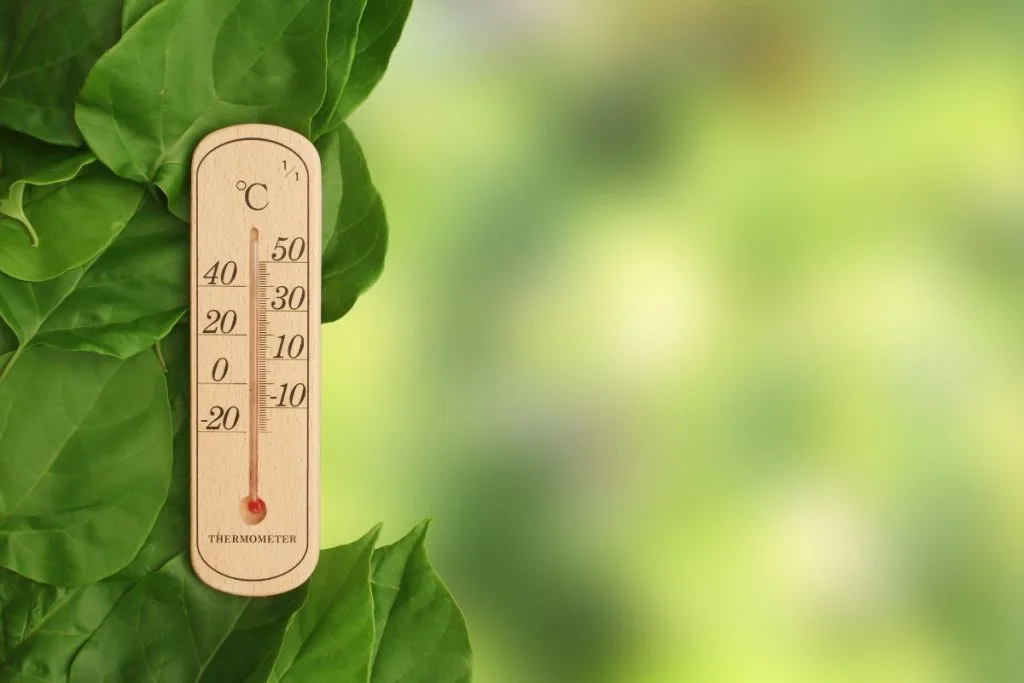
Adonidia palms grow the best in warm regions. You’ll rarely find a palm that can grow well in cold regions.
If you decide to grow it in colder regions, you’ll have to put some extra effort into figuring out how and where to grow it in such conditions.
Is Adonidia Palm Cold Hardy?
Adonidia palm isn’t cold hardy. It grows the best in zones from 8-11. They don’t stand cold temperatures, frost, or sudden temperature changes well.
It can grow in colder regions too, but indoors, and only if your make sure its growing conditions are 70-80% similar to its wanted growing conditions.
Fertilizer
It is not necessary to fertilize this palm tree often. Even once a year will be enough to optimize flowering and better growth. Fertilize them in early spring, never in autumn and winter.
It is not necessary to fertilize this palm tree often. Some people grow this plant indoors from scratch. In such conditions, it is best to buy a humidifier.
Pruning
Prune your adonidia palm only when necessary. There is no need to cut down a healthy palm tree.
Some claim it encourages the plant to flower, but it all depends on growing conditions regardless of pruning. It doesn’t have much, that is, it rarely gets pests, so only then pay more attention to it.
Propagation
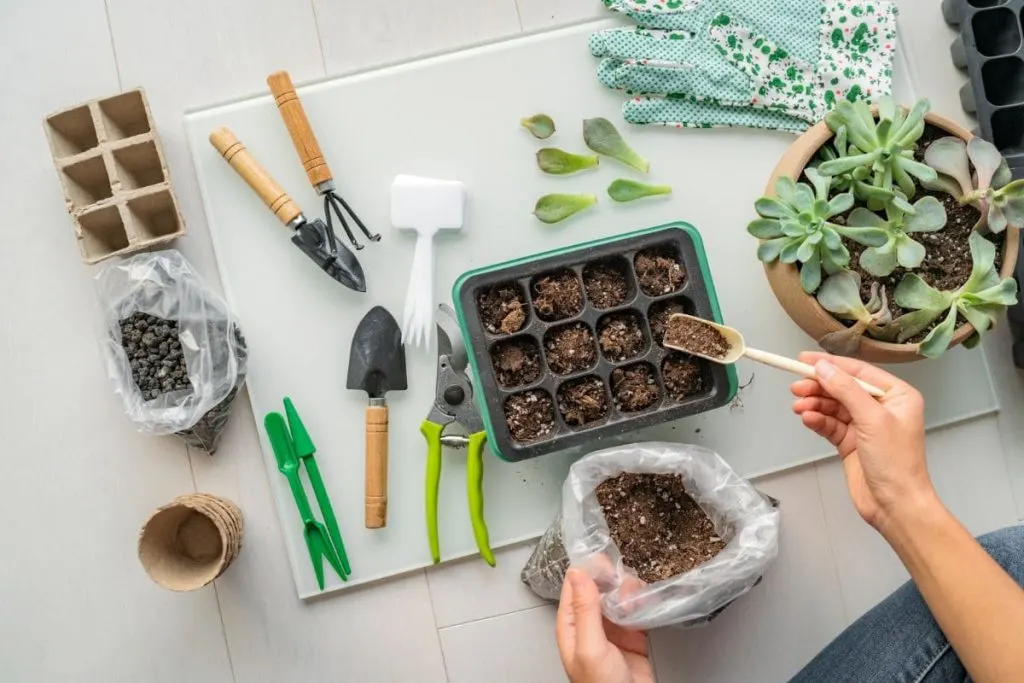
When you’re propagating adonidia palms, you can do it from seeds and from stem cuttings. Do it like this:
- cut the leaves at a 45-degree angle
- prepare loose soil for planting
- if you want better seedling success, fertilize the soil immediately after planting
- keep the cuttings in a sunny location
If you are planting them from seeds, then do it like this:
- soak the seeds in warm water the night before
- plant the seeds in fertilized soil, sandy soil
- water immediately when planting the seeds
- seeds should be in a sunny location
Problems With Adonidia Palm-Lethal Yellowing
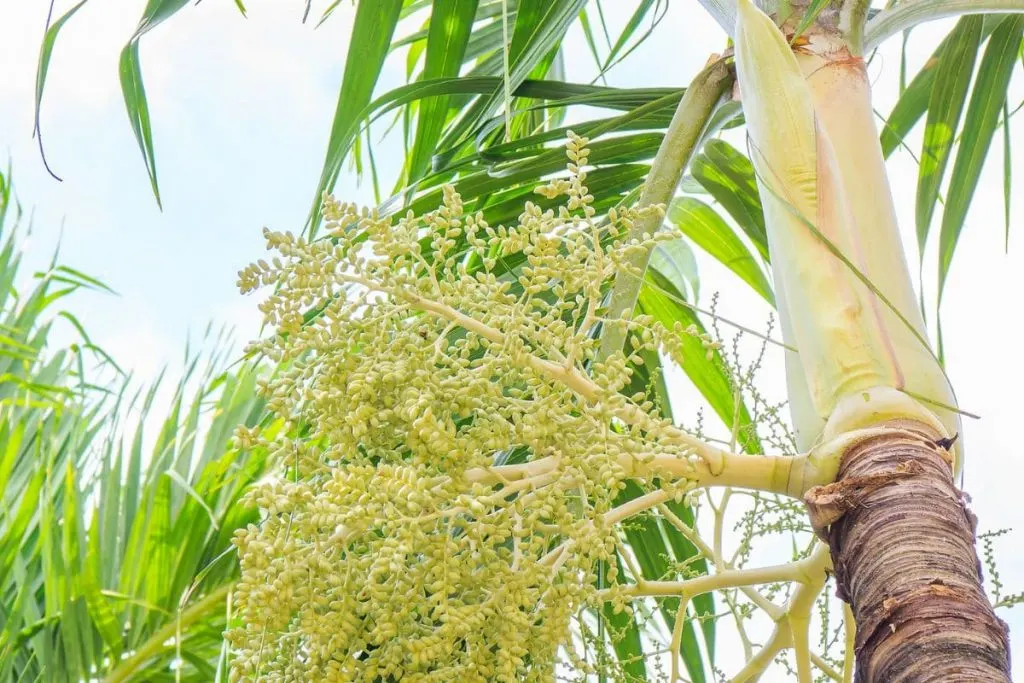
Lethal yellowing is a phytoplasma disease that attacks many species of palms. Leaves turn yellow, then brown, then they eventually fall off. It’s a common issue with Adonidia palms.
Palms usually get yellowing leaves issues when exposed to too much sun. Make sure you don’t plant them where they have sunlight for over 6 hours per day.
Toxicity Of Adonidia Palms
Adonidia palms aren’t toxic. They don’t have any poisonous toxins in their leaves and they are very safe for your pets.
If you’re concerned about this tree near your paw friends and babies, don’t be. Your dogs can play with it and they won’t get any issues.
You can also grow them indoors since they won’t mess up the air indoors.
Wrapping Up
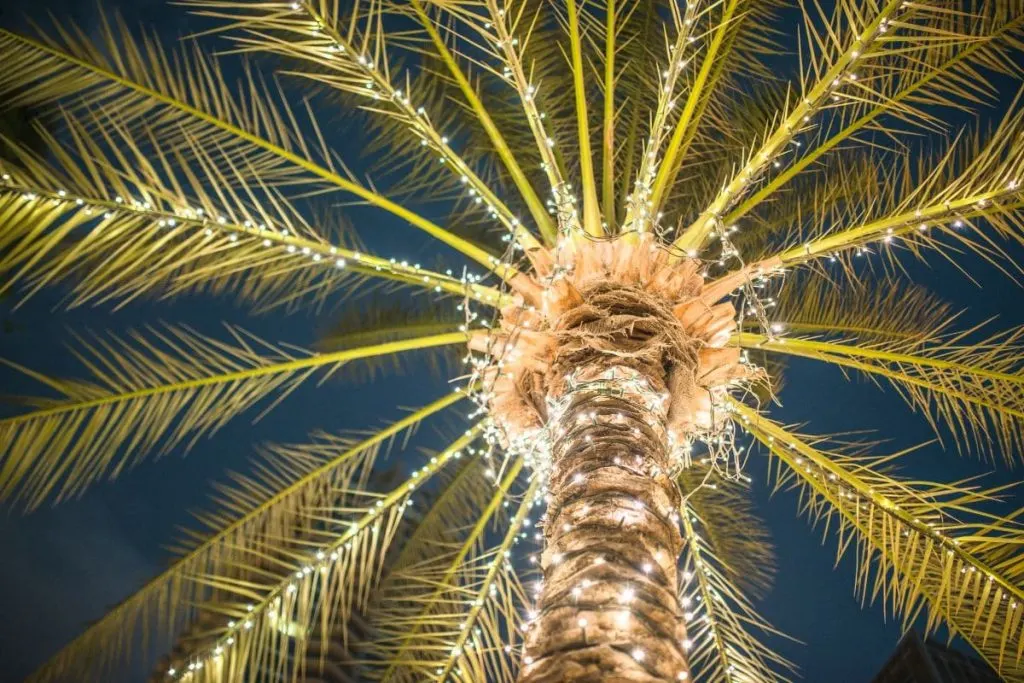
Did you enjoy today’s article about our special adonidia palm? If you enjoyed this article, visit an article about types of palm trees in California and types of palm trees in Florida too.
They also grow in the same warm regions and you might find some you’ll like.
Should we sum up the care guide for adonidia palms once again? We’ll be 100% sure you’ve learned it this way.
Okay, let’s go then. You can think about it and then check what’s written to see if you’ve got it all well.
They tolerate partial shade well but grow best in full sun conditions. They are drought tolerant. Adonidia palms are self-cleaning and pest free.
I think you’re more than ready to host this palm in your yard now. That would be all for today, see you tomorrow with more similar articles.

